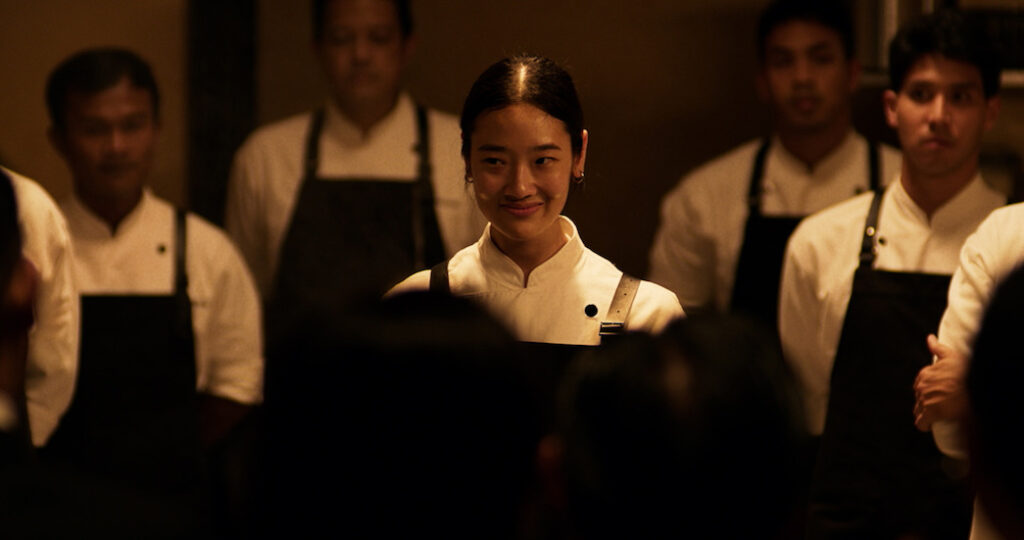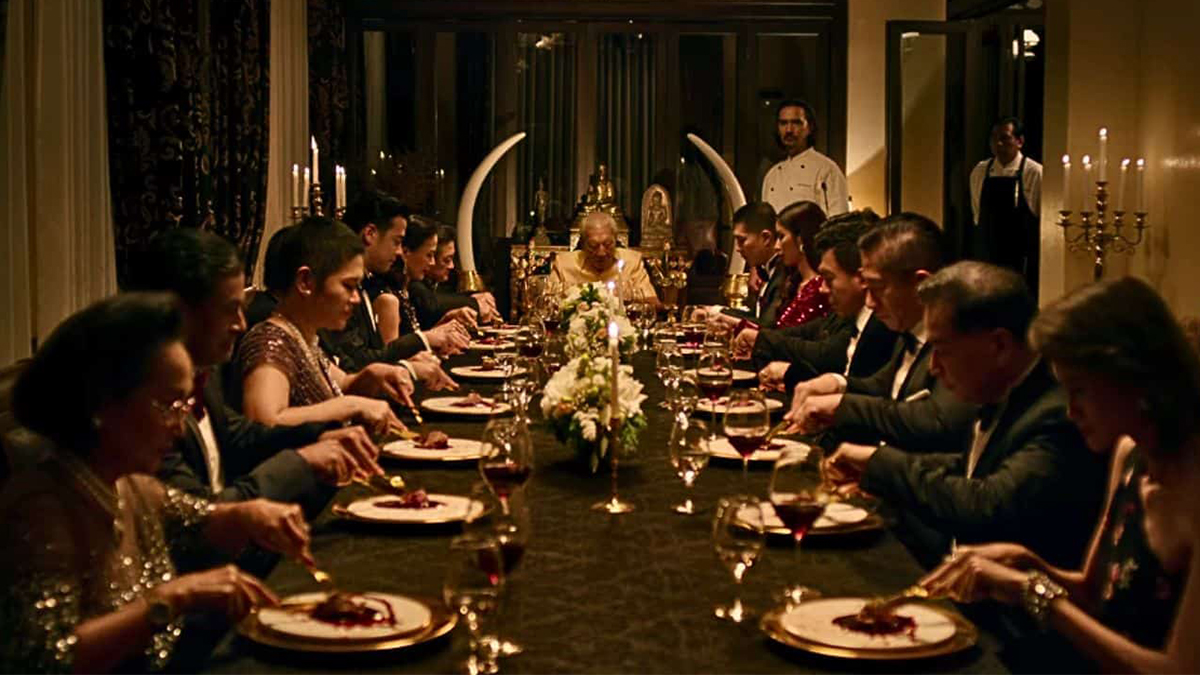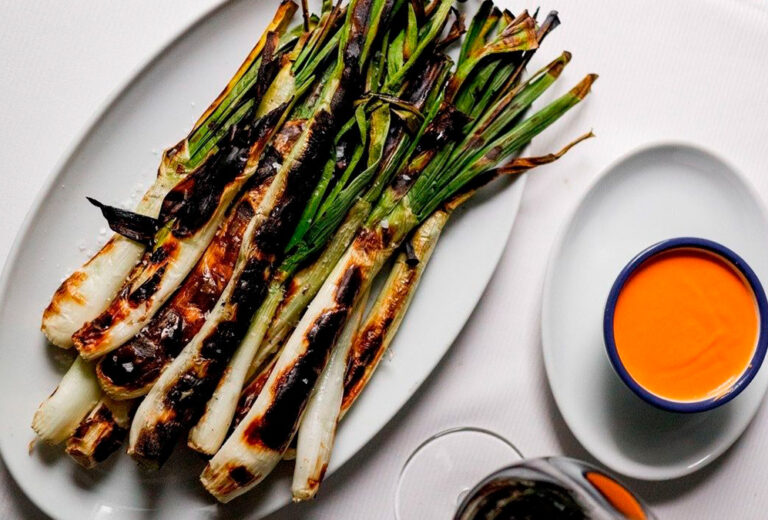Click here to read the Spanish version.
The success of “HUNGER” adds to that latent movement or global trend that is glorifying Asian productions in general, and culinary ones in particular, generating obsession through the screen with films such as “The Menu” or the series “The Bear”.
“Hunger” is the new Asian film directed by Sitisiri Mongkolsiri, which arrived on Netflix just a few weeks ago, and has already positioned itself at the top of its billboard or audiovisual menu. A culinary drama that takes us into a new vision on the pinnacle of Thai cuisine, putting the focus not only on haute cuisine, but on all the concepts suspended around it: power, class struggle and the dictatorship that working for one of the most recognized and revered chefs in Thailand represents.

The film thus follows the story of a young chef, Aoy, who goes from cooking noodles in a humble family street food joint, to joining Thailand’s most elite culinary brigade: the Hunger team led by Paul, a witty and infectiously unpleasant chef who artistically conceptualizes all those culinary creations he serves for the upper echelons of society through immersive performative gastronomy concepts.

In this sense, “Hunger” represents a crude and exaggerated portrait of inequality in the culinary world, the pressure and/or abusive attitudes behind the best restaurants in the world. This cult film then presents a menu between thin slices of Wagyu beef and class wars, which follows all that dream to reach the top of gastronomy, between cathartic scenes that dance between pain and glory.





